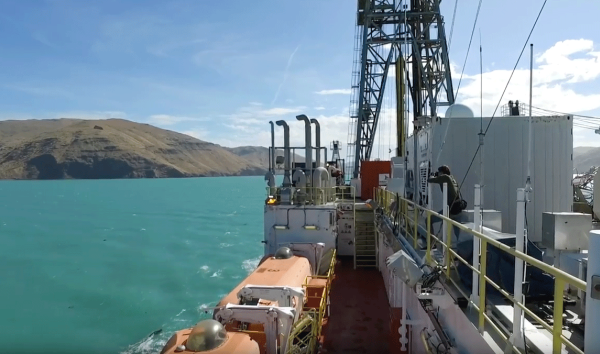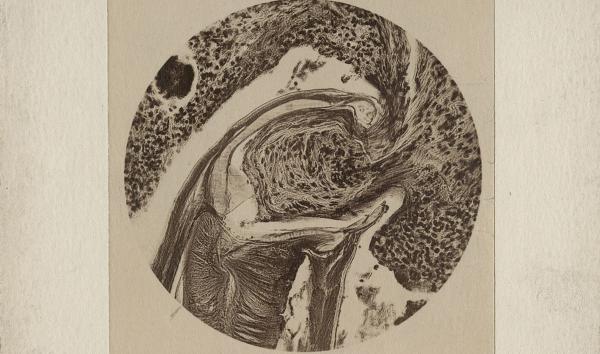
Game of Parasites: A Competition for Blood
The Houses of Westeros may have captured our attention with their epic battle for the Iron Throne, but there’s another competition taking place in nature that's fascinating in its own right. Ecologists often study species that are competing for the same food, habitat, or other resources to understand how their interaction affects the structure of an ecosystem. These same principles apply within animal hosts, at a microscopic level, when multiple species of parasites fight over red blood cells.
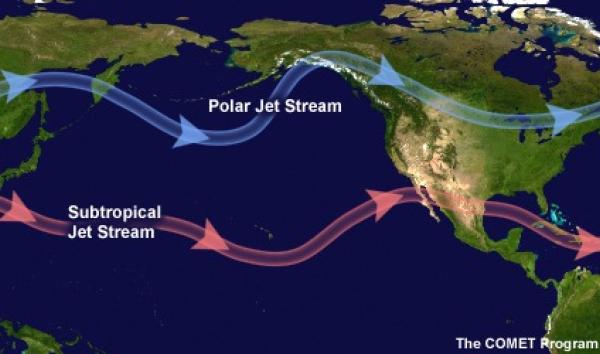
The Fingerprints of Anthropogenic Climate Change are Emerging in Extreme Weather Events
Winter cold spells are often mistakenly pointed to as evidence against global warming. A common remark I’ve encountered this winter season is, “It’s so darn cold, how can the globe be warming?” It may seem counterintuitive, but while the globe continues to warm, erratic cold snaps at the middle latitudes may actually become more frequent.

Will the First Blood Test for Concussions be a Game Changer?
Here in Philadelphia, we’re still relishing the thrill of long-awaited victory as the ticker tape from the Eagles’ Super Bowl parade flutters from the trees. Even as we watched the game, however, we couldn’t escape the ever-present risk of brain injuries in football, as several players suffered game-ending hits.
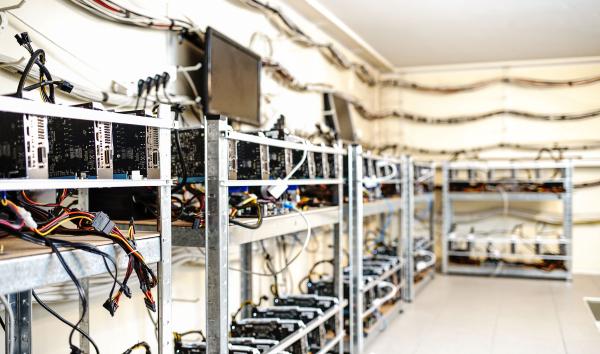
Bitcoin: The Surprising New Climate Threat
Combusting coal. Driving cars and trucks. Flying airplanes. Operating industrial parks. The list of top carbon-intense activities may soon be getting a new addition: bitcoin mining.
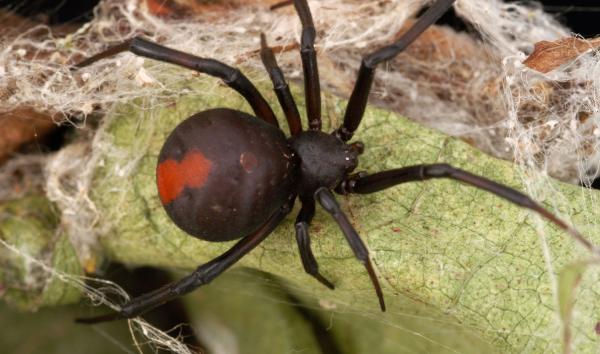
The Wild World of Spider Mating
For humans, navigating the dating scene to find a mate is tricky enough. It’s even tougher for a male Australian redback spider—80% of males never find a mate. Dr. Maydianne Andrade at the University of Toronto Scarborough has studied these spiders for decades, discovering that desperate times call for desperate measures. During mating, male redbacks somersault onto the fangs of females, often getting cannibalized. But this self-sacrifice is worth it, as it significantly improves their odds of reproduction.
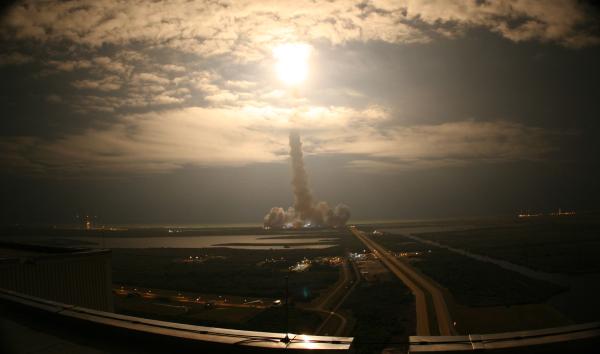
Falcon Heavy: Why We Launch
The Falcon Heavy launch scheduled for this afternoon has me nostalgic for the days of the space shuttle launches. As a photographer and digital media producer, I covered over 50 space shuttle launch attempts for National Geographic and AOL from 2005 to 2011.
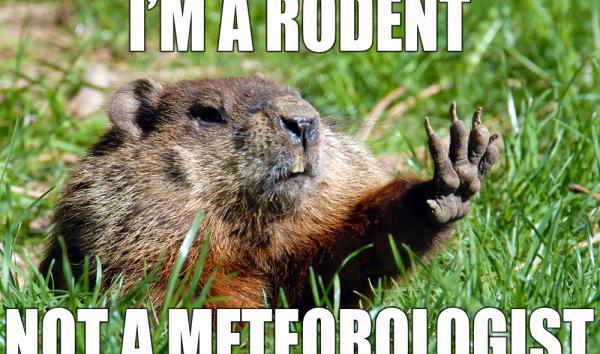
Groundhog Day Science
As Environmental Scientist at The Franklin Institute, part of my job is to find ways to help the public separate fact from fiction when it comes to climate science. The task is not always easy: the study of our changing climate is complicated, and is constantly evolving as we learn more and more about our remarkable planet.
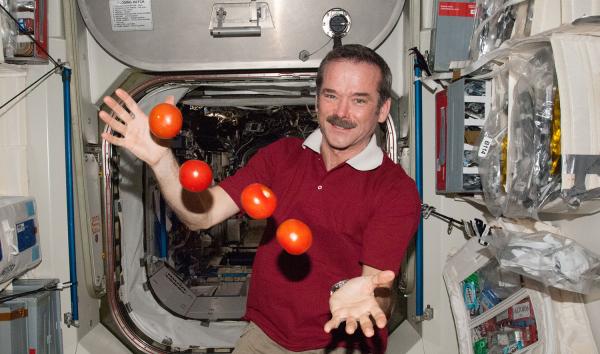
5 Foods Astronauts Cannot Eat in Space
Manned spaceflight began in 1961 when the Russian Cosmonaut Yuri Gagarin took man’s first flight beyond Earth’s atmosphere. Humans have, ever since, been exploring space through a variety of missions including the International Space Station, which has housed individual Astronauts and Cosmonauts for periods of up to a year. Nevertheless, life in space would not be possible with the often specialized foods that consumed in orbit and beyond. In a microgravity environment, however, certain foods are impractical.
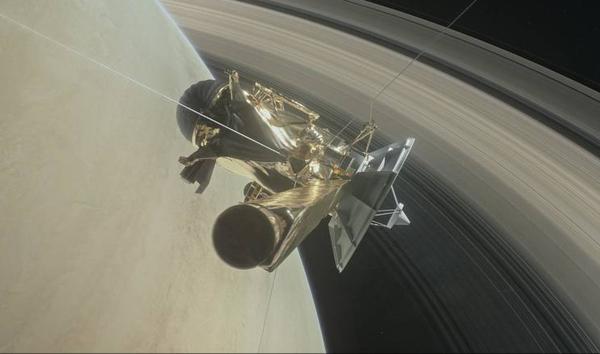
Cassini Deep Dives Through Saturn’s Icy Rings
Update: April 27, 2017
The Cassini spacecraft is back in touch with Earth after its first-ever successful dive through the gap between Saturn and its rings. Raw images and data have begun to be received at NASA's Deep Space Network Goldstone Complex in the Mojave Desert of California.


